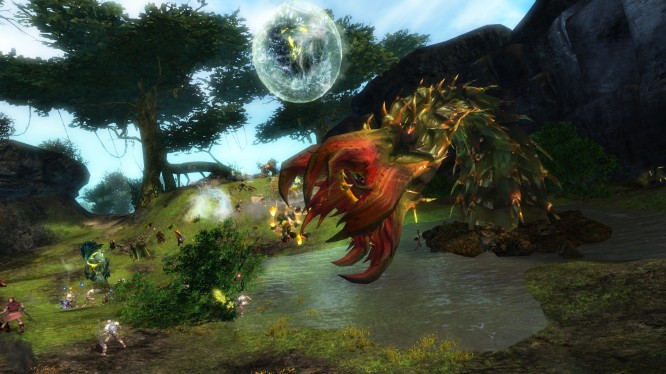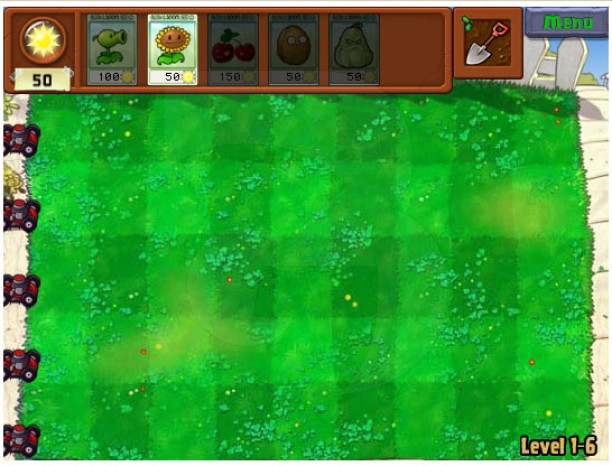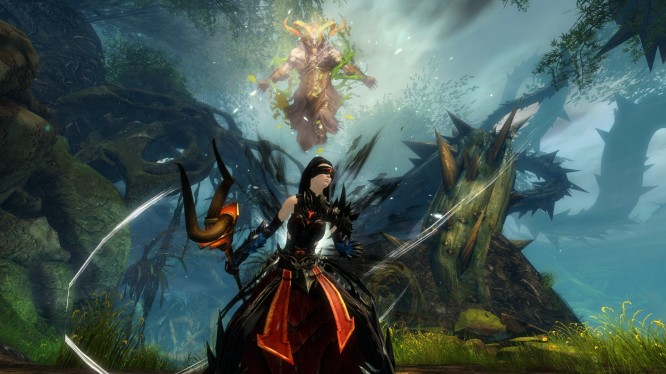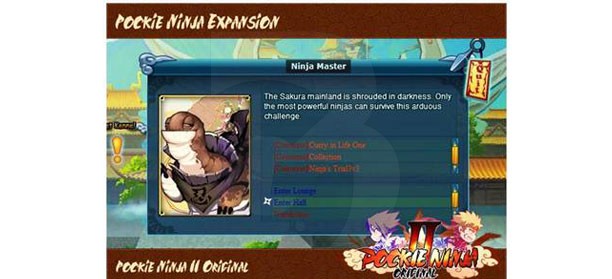

In Hearthstone the most exciting mode in the game isn’t the main mode, where you build a deck out of your own cards, but rather the Arena. Arena is when the player builds a deck out of random cards and then competes against other players who have done the same. Unlike the normal play mode though there are no limitations on decks allowing players to build crazy decks previously unimaginable. It’s thrilling, especially when you know that one bad card placement in your deck can completely destroy you. Not only that, but if you lose three times with your deck then you’re kicked out of the arena.
Whilst it’s exciting and entertaining the first time you play Arena I can guarantee that you’ll get your butt stomped. So here I am to give you some tips and tricks to prepare for Arena.
If you want to read more about Hearthstone, head on over to my other article.
Planning an arena run requires an awful more than just the thought of doing it. 150 gold, the entrance fee, is nearly equal to completing around 3 daily quests and is an awful lot of gold to waste if you’re unprepared. I’d recommend not doing your second Arena run, your first is free, until you have a basic understanding of how to build a deck.

Each deck requires a good balance of three things. The first is removal, cards that can deal with the enemy minions on the board. These can be either spells, or even hero spells, either way you want to ensure you have cards which can help you sweep the enemy minions off the board and be able to stop the enemy from building up a huge force of minions. If the enemy does have a huge force of minions then you’re going to want to have at least one full board clear spell which will completely clear the board, regardless of how many minions are on it.
The second is minions. In order for a deck to succeed then you need to make sure it has a decent amount of minions who can attack the enemy hero and keep the other enemy minions at bay. The key thing here is to combine all of the different types of effects that minions can grant. For example, there are minions with taunt who make it so that enemy minions who wish to attack have to kill your minion with taunt first. Having a deck comprising of various types of minions and being able to synergise all of your other cards with them is paramount to creating an excellent deck.
The third, and final, requirement for a deck is utility. Utility can range anywhere from having secret cards to having cards which buff up your minions or help them out in some shape or form. Ideally these utility cards need to work towards how you want to win the game with your deck.
There is one other thing to bare in mind whilst building a deck and that is the mana crystal curve. The large minions and better spells cost an awful lot of mana to cast; therefore you don’t want a deck full of those types of cards. At the same time you don’t want a deck full of one man and two mana spells/minions. The mana curve is all about ensuring that you have a variety of cards all of various mana costs to ensure that you’re never starving of stuff to do. Finding the right curve for what you want to achieve, and having an understanding of what you need to succeed in early, mid and late game is key to creating any successful deck.
Having a basic idea of how to build a deck, and understanding what works against what will give you enough information for your first Hearthstone Arena run.
You think you’re ready huh? Well, might as well give it a shot. There is just one more thing you need to bare in mind before you start building your deck though and that’s to do with rewards. In order to make back the 150 gold you spent to get into the Arena in the first place you need to win seven games. Sometimes you can recoup the cost with under seven games, if you’re lucky, but most of the time you need to win around seven games to get yourself enough gold to get re-enter. That’s what you should be aiming for as a player, and you shouldn’t relax until you’ve won at least seven matches.

Whether or not you’ll win seven times is another question entirely, if it’s your second time then aim for around three or five wins. You might be unlucky and have significantly less than that, but just see how it goes. There’s no point in beating yourself up if you get less than that especially if it’s only your second, third or fourth run.
Now I’ve mentioned rewards, let’s move onto the actual deck building part.
You’ll get a choice of three classes, you’re going to want to choose the class that you feel most familiar with or you feel closely matches your play style. By now you should have played all of the classes at least a little bit and have a relatively decent understanding of what suits you and what doesn’t. Having said that, sometimes going for a class which you only feel mildly knowledgeable about can really aid you and help you learn an awful lot about that class. For example, on my second run I choose the Warrior class, a class which I wasn’t very familiar with, and doing so gave me a very good understanding of what works and what doesn’t.
Just to add another example on my third run I choose the Druid class and failed completely, only winning two matches. This is because the Druid doesn’t match my personal play style and is a class which, quite frankly, I just do not understand.
Next up comes the nail biting bit, the deck building. Remember the talk about mana crystal curve early? Well, it’s really important in Arena. It’s so important in fact that Blizzard give us a little bar chart showing how many cards you have of each mana type. How nice of them!
Pay attention to the mana curve, ensure you get enough removal cards and that you balance out your minions enough. Don’t go into Arena mode’s deck creation with a set-in-stone idea of what you wish to build, because I can guarantee you that you won’t be given the chance to build it. Just try to adopt and keep in mind your classes strengths and weaknesses.
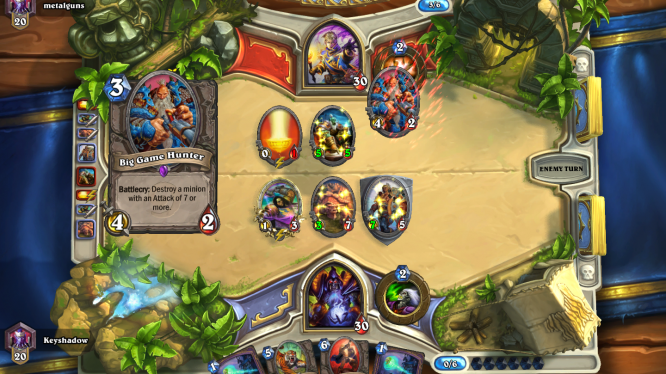
Before we move on one important thing to remember when building a deck in Arena is that you can have an unlimited amount of the same card. Whilst this sounds awesome in concept, it may not be a good idea. You could get five Fireballs, a Mage card which deals 6 damage to an opponent, however doing so would take away from other possible cards which could give your deck some more utility, removal or minions.
Once you’ve built your deck and you’re happy with it then go ahead and jump into your first match. Be calm, be focused and constantly think about your enemy’s class and what abilities they have available to them. Always keep in mind that you’ve only got three losses and then you’re out. Having said that, don’t let it stress you out to much.
Arena mode is an excellent place to learn from both your mistakes and the ones which your enemies make. Learn what works and what doesn’t and how best to counter the various things that the enemy will throw at you. Arena is also a great place to learn about what deck works and what doesn’t. There is no point in doing an Arena mode if you’re not in the mood to learn from your mistakes.
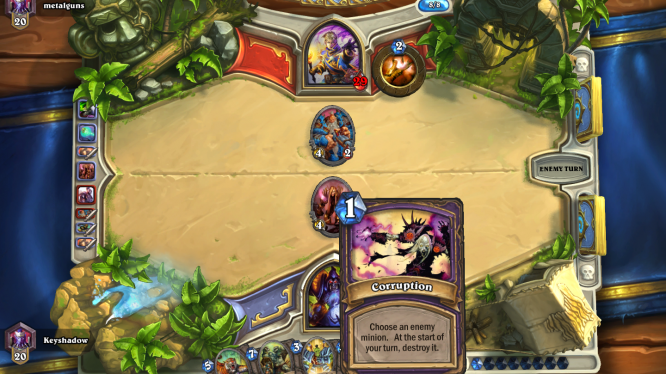
Once you’ve lost three games, or won twelve games (well done if you have!), then you’re out! Now it’s time for the really fun part, reaping the rewards. Normally you’ll get a pack of cards and some gold (how much you get will depend on how many matches you won) however if you’ve had a particular good run then you’ll also generally get a rare card or a gold card. Sometimes you can also get dust, which can be used to make cards of your choosing. Hopefully the rewards from your Arena run made it worthwhile! After you’ve wrapped up, then you should take a break and get ready for another run as Arena is the best and fastest way of earning a lot of gold and a lot of cards.
That’s all for today folks! Best of luck in your Arena runs to come! Soon we’ll be looking at some example decks for beginners.
